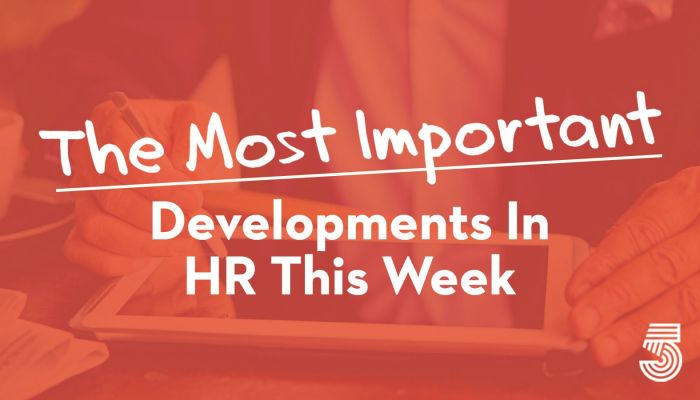The MID, as we call it, is curated by our editorial team from more than 50 news sources. Like a lot of good ideas, this started as something I wanted for myself. If I can’t read everything, I at least want to stay abreast of the most important developments.
This week in HR, SHRM and HBR tackled flex-work issues, Microsoft encouraged managers to listen, HR Happy Hour talked about HR ROI, workers wanted to be heard on social issues, and attempts to fix the pay gap may have resulted in a “glass floor” for women.

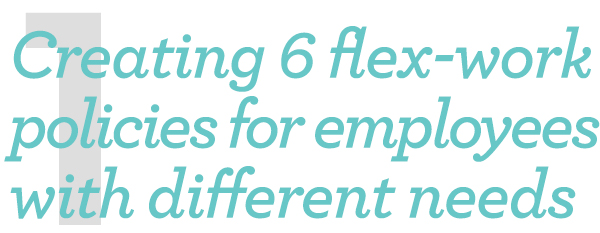
SHRM and HBR have partnered for a series of articles on HR issues. This first one focused on flex-work policies. As those groups that were able to work remotely during the pandemic navigate their returns to the workplace, one thing is clear and consistent: Whatever any organization is doing, you can be sure that at least a handful of people want or need something else. Some leaders are requiring everyone to return to the office. Others are finding savings in real estate reductions and efficiencies in keeping people out of the office. Some employees can’t wait to go back while others want the continuing flexibility of working from home. It’s tough to satisfy everyone. These six practical, real-world approaches will help you treat your people as the individuals they are without creating a chaotic mess of confusing, arbitrary exceptions: Start one-on-one to understand real employee needs; avoid overemphasizing self-care in your messaging; ensure alignment with your own employer branding; learn what your people have missed about being together; be willing to suspend your pre-pandemic rules and precedents; and don’t mistake physical presence for loyalty. SHRM and HBR

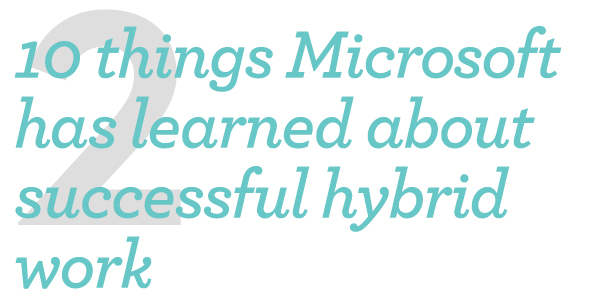
With more than 175,000 employees across 74 countries, Microsoft was faced with an enormous people challenge when the pandemic set in early last year and the world of work largely moved to a remote setting. From creating connection in virtual environments to scrambling to keep up with quickly changing employee needs, Microsoft’s HR professionals have been working since to manage what’s likely going to be the “biggest change” in most employees’ careers, said Amy Coleman, corporate vice president, HR and corporate functions, at Microsoft. While the pace of that change has challenged HR like never before, it’s also already wrought a number of lessons. In fact, when preparing for her presentation at the Institute for Corporate Productivity’s Next Practices Now Conference, Coleman came up with 25 learnings that Microsoft already has gleaned from the shift to remote and hybrid work. Ultimately, she narrowed the list down to 10, including: A strong culture counteracts chaos, employee well-being has taken on a new meaning, flexibility has many dimensions, and more. HR Executive
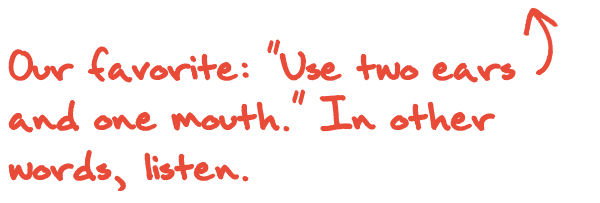
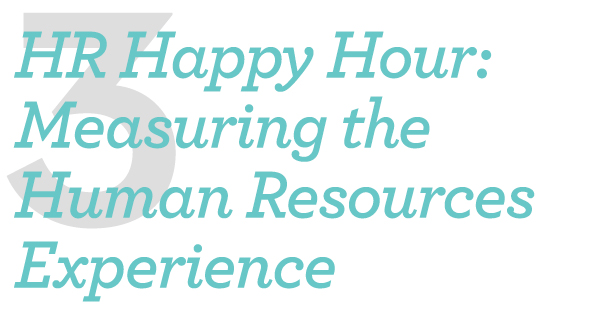
Hosts Steve Boese and Trish McFarlane sit down with Marcus Buckingham, a global researcher for the ADP Research Institute who is focused on unlocking strengths, increasing performance and pioneering the future of how people work. He’s the author of two of the most best-selling business books of all time, including First, Break all the Rules. He currently guides the vision of ADP Research Institute, as the head of people in performance research, and is widely considered the world’s leading expert on talent at work. They discussed the latest research from ADP Research Institute surrounding human resources’ impact on a company’s talent brand. Including The HRXPS: How to measure the performance and impact of HR through the lens of the employee experience, the measures of effectiveness of HR, the link between employee satisfaction and employee promotion, and how companies can start and implement the HR Experience. HR Happy Hour

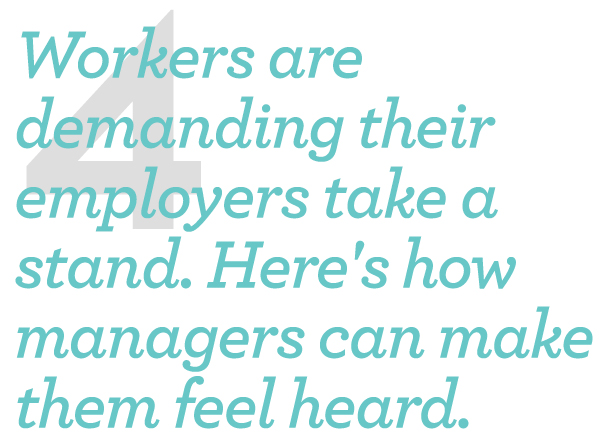
Employees calling for better wages and working conditions have always been a given in the workplace. But workers are increasingly calling on their companies to take action on other issues that they care about as well. They may want their employers to speak out against a state law — such as the restrictive abortion law in Texas. Or they may criticize, protest, or leak information about their companies’ business decisions that directly speak to their social and political concerns, whether it’s a mandate to be vaccinated against Covid-19, controversy over content, or the perils to democracy due to amplified disinformation. Some employees may indicate their view that the company is moving too slowly on key issues, such as diversity, equity, and inclusion efforts. Regardless of the topic, the question for front-line and middle managers is how to address what is bothering members of their team before it’s too late. Employees need to feel heard, even if the company doesn’t ultimately yield to their specific requests. CNN Business


There’s an old management adage that everyone has heard: What gets measured gets managed. And while that’s often a good thing, it can also have unintended consequences. That’s what’s happened with the pay gap, argues a new analysis released Wednesday by S&P Global, a provider of ratings, benchmarks, and analytics. The report analyzes the gender wage gap over the last 15 years, when the ranks of female executives have grown and focus has increased on measuring the pay gap. It finds that women are more likely than men to be paid in a tight range around median figures, and as a result, are not only underrepresented among the lowest paid executives, but much less likely to be paid at the top range, too. The findings suggest companies have been overly focused on the “optics” of the issue — how their pay practices will be viewed by the public as scrutiny has grown — rather than on solving the issue, says Daniel Sandberg, senior director of quantamental research at S&P Global Market Intelligence. “Effectively, women have been given a glass floor as redress for the still-present glass ceiling,” Sandberg writes in the report. Forbes







